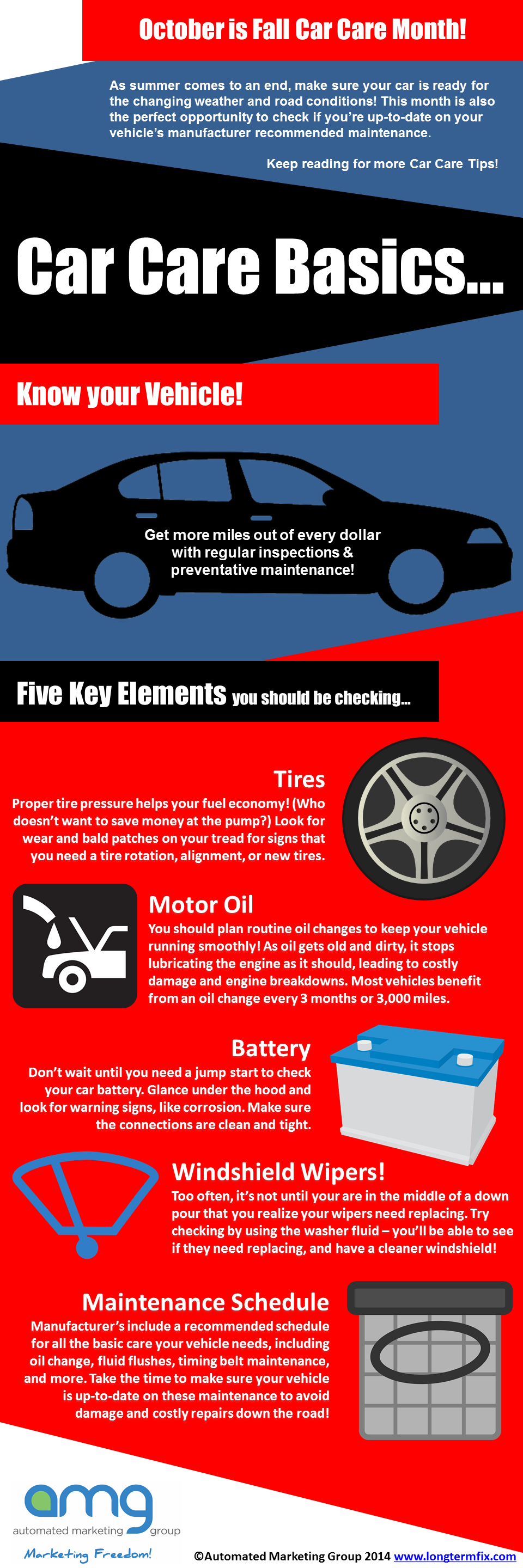Analyzing Your Vehicle'S Alert Lighting: Their Real Implications
Analyzing Your Vehicle'S Alert Lighting: Their Real Implications
Blog Article
Authored By-Faulkner Kejser
When you're behind the wheel, those beautiful warning lights on your control panel can be a bit puzzling. Do you understand what they're attempting to tell you about your automobile's wellness? Comprehending the importance of these lights is essential for your safety and security and the long life of your vehicle. So, the next time among those lights turns up, wouldn't you wish to understand its message precisely and take the necessary actions to resolve it?
Common Caution Lights and Interpretations
Determine common caution lights in your car and understand their definitions to make certain secure driving.
The most common caution lights consist of the check engine light, which indicates issues with the engine or emissions system. If this light begins, it's important to have your car examined quickly.
The oil stress warning light shows low oil pressure, requiring immediate attention to prevent engine damage.
visit the following internet site flashing battery light may suggest a damaged charging system, possibly leaving you stranded if not resolved.
The tire pressure surveillance system (TPMS) light signals you to low tire pressure, influencing vehicle security and fuel effectiveness. Neglecting this might cause dangerous driving problems.
https://www.parkbugle.org/park-service-auto-repair-shop-and-gas-station-added-starbucks-coffee-to-its-lobby/ shows a trouble with the anti-lock braking system, compromising your capacity to quit promptly in emergencies.
Last but not least, the coolant temperature level warning light warns of engine overheating, which can result in extreme damages otherwise resolved swiftly.
Understanding these common warning lights will certainly aid you attend to problems quickly and maintain safe driving problems.
Importance of Prompt Interest
Comprehending the typical warning lights in your car is only the first step; the importance of without delay attending to these cautions can not be emphasized sufficient to ensure your security when driving.
When a warning light illuminates on your control panel, it's your auto's means of communicating a potential problem that requires focus. Disregarding these cautions can cause more extreme troubles in the future, compromising your safety and possibly costing you extra in repairs.
Trigger attention to alerting lights can avoid malfunctions and accidents. For instance, a blinking check engine light might suggest a misfire that, if left unattended, could cause damage to the catalytic converter. Resolving https://sergiozqgwm.bloggip.com/29986680/the-advancement-of-car-describing-techniques-in-the-previous-years without delay can conserve you from an expensive repair work.
Likewise, a brake system alerting light may signal low brake fluid or worn brake pads, important components for your security when driving.
Do It Yourself Troubleshooting Tips
If you observe a caution light on your control panel, there are a couple of DIY troubleshooting suggestions you can attempt before looking for expert assistance.
The initial step is to consult your cars and truck's manual to recognize what the particular caution light shows. Sometimes the concern can be as easy as a loosened gas cap causing the check engine light. Tightening the gas cap may deal with the problem.
Another common issue is a low battery, which can set off different alerting lights. Examining Read Home for corrosion and guaranteeing they're protected could take care of the problem.
If a warning light lingers, you can attempt resetting it by detaching the auto's battery for a couple of mins and then reconnecting it. Furthermore, checking your car's fluid degrees, such as oil, coolant, and brake liquid, can assist fix alerting lights connected to these systems.
Verdict
Finally, comprehending your auto's warning lights is vital for keeping your vehicle running efficiently and securely. By promptly dealing with these alerts and recognizing what they suggest, you can prevent costly fixings and prospective malfunctions.
Keep in mind to consult your car's handbook for specific details on each alerting light and take action appropriately to ensure a hassle-free driving experience.
Stay notified, stay secure on the road!
